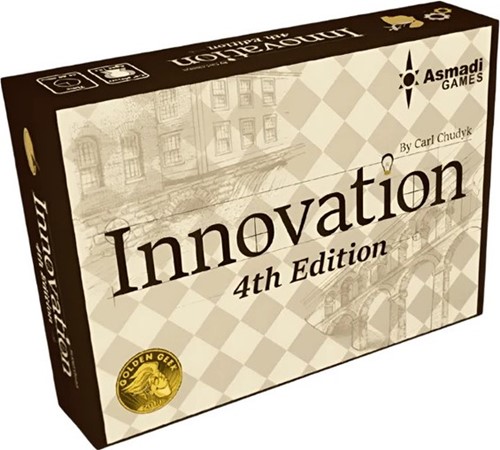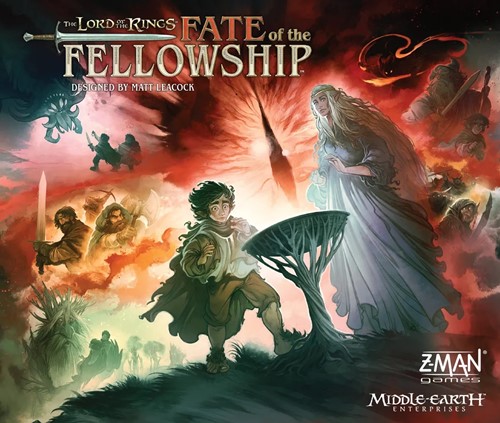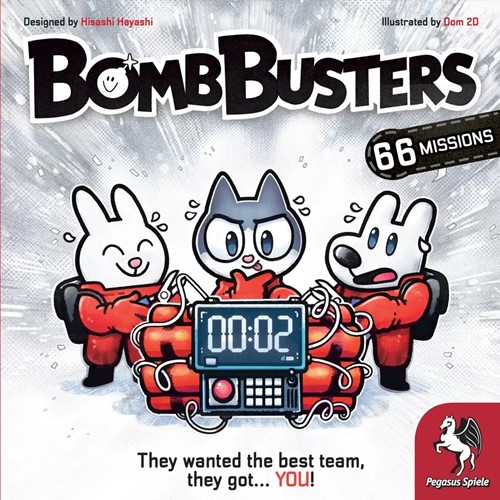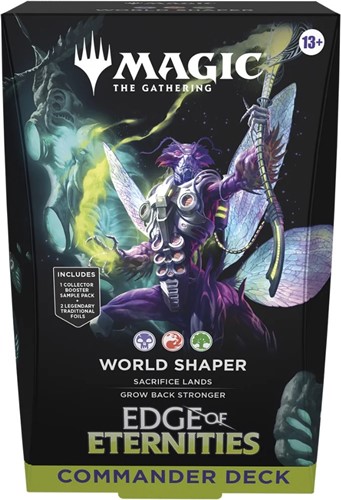Games | Military Games | American Civil War | The War For The Union
The War For The Union
Games | Military Games | American Civil War | The War For The Union
Information
Discounts
Checkout Discounts
Goods > £50; 2.5%
Goods > £100; 5%
Goods > £150; 7.5%
Goods > £250; 10%
Best Sellers
Website Information
How to get in touch with us
Call us on
01952 58706801952 587068
Games Lore Ltd trading as kidULT.co.uk
Unit B Halesfield 20,
Telford,
Shropshire,
TF7 4QU,
United Kingdom.
© Games Lore Ltd 2001 - 2024
© 2001 - 2025 Games Lore Ltd trading as kidULT.co.uk


















